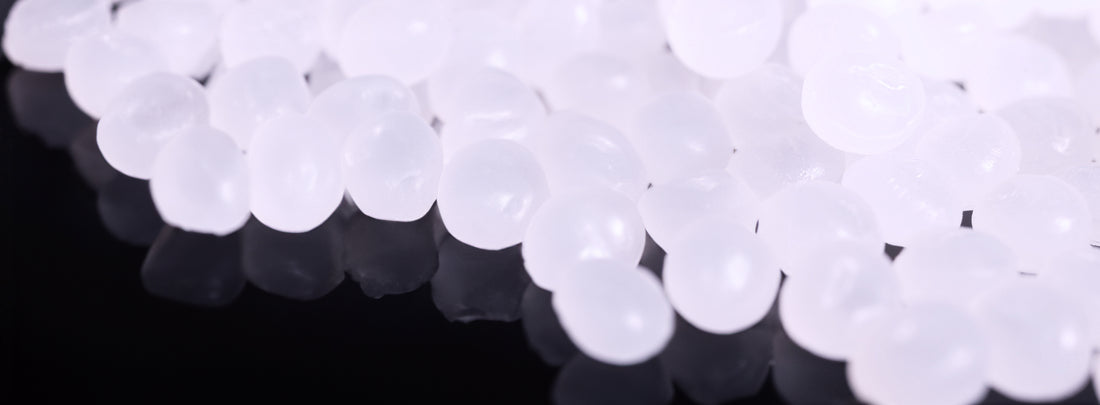The evolving cosmetics industry is constantly on the hunt for more sustainable and biodegradable materials, and polylactic acid (PLA) could well be at the forefront of this change. This plant-based polymer, derived from renewable resources like cornstarch, sugarcane, or cassava, presents a multitude of benefits, notably in terms of environmental impact, and has significant potential within the cosmetics industry.
Firstly, PLA boasts excellent biocompatibility, making it suitable for skin contact, and thus ideal for cosmetic packaging, as well as potential inclusion within cosmetic formulations themselves. The material’s capacity for customization also enables manufacturers to adapt the properties of PLA to specific needs, such as flexibility, toughness, or transparency.
Additionally, PLA’s biodegradability positions it as an attractive alternative to traditional petroleum-based plastics. As the beauty industry faces increasing pressure to reduce its environmental footprint, PLA provides a tangible solution. Not only does this align with global sustainability efforts, but it also resonates with an increasingly eco-conscious consumer base.
Moreover, advancements in PLA technology are continually being made, providing the potential for even wider applications in the future. Innovations such as PLA microbeads offer an environmentally friendly alternative to harmful plastic microbeads, often found in exfoliating products. These advancements present an exciting avenue for exploration within the cosmetics industry.
However, there are still challenges to be addressed. The production cost of PLA is currently higher than traditional plastics, and there are concerns about the impact on food supply due to the resources used in PLA production. Despite these challenges, the potential benefits of PLA make it a promising contender in the quest for more sustainable cosmetic products and packaging.
In conclusion, the future of PLA in the cosmetics industry appears promising. As we move towards a more sustainable future, the potential of PLA to replace traditional plastics within this industry seems increasingly likely. As research and development continue, it will be fascinating to observe how PLA evolves within this dynamic industry.

